Innovations in Tent Design
To address the limitations of traditional camping tents, we’ve reimagined and redesigned them, focusing on usability, interaction with the environment, sustainability, and safety.
Problems of Traditional Tents
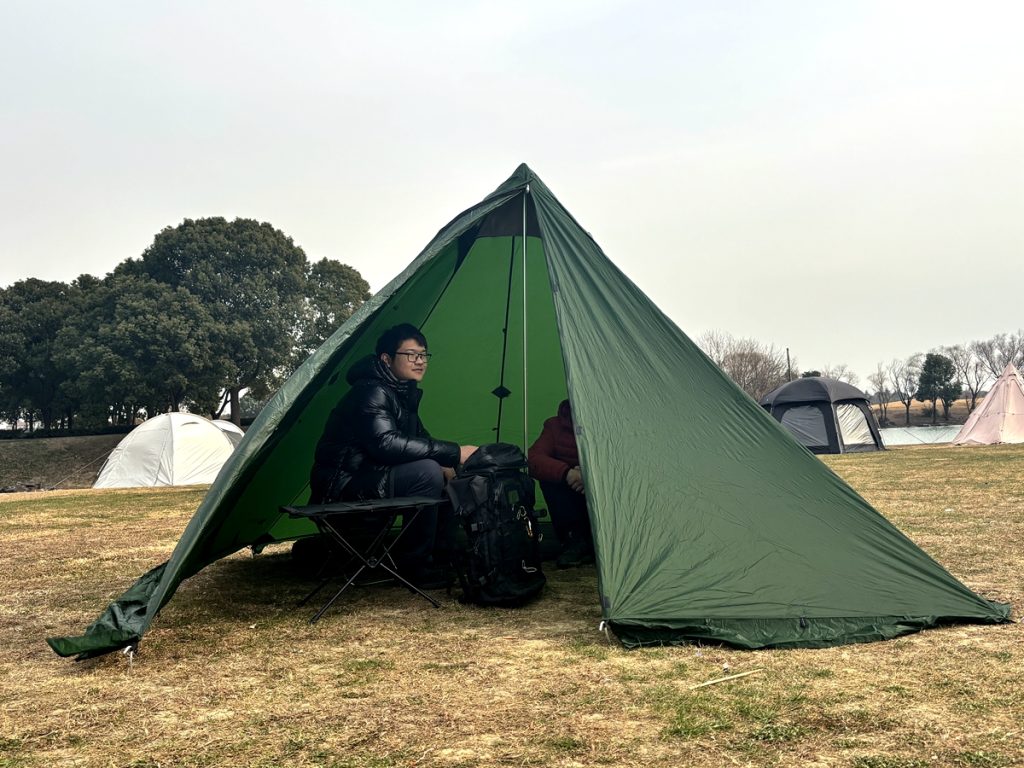
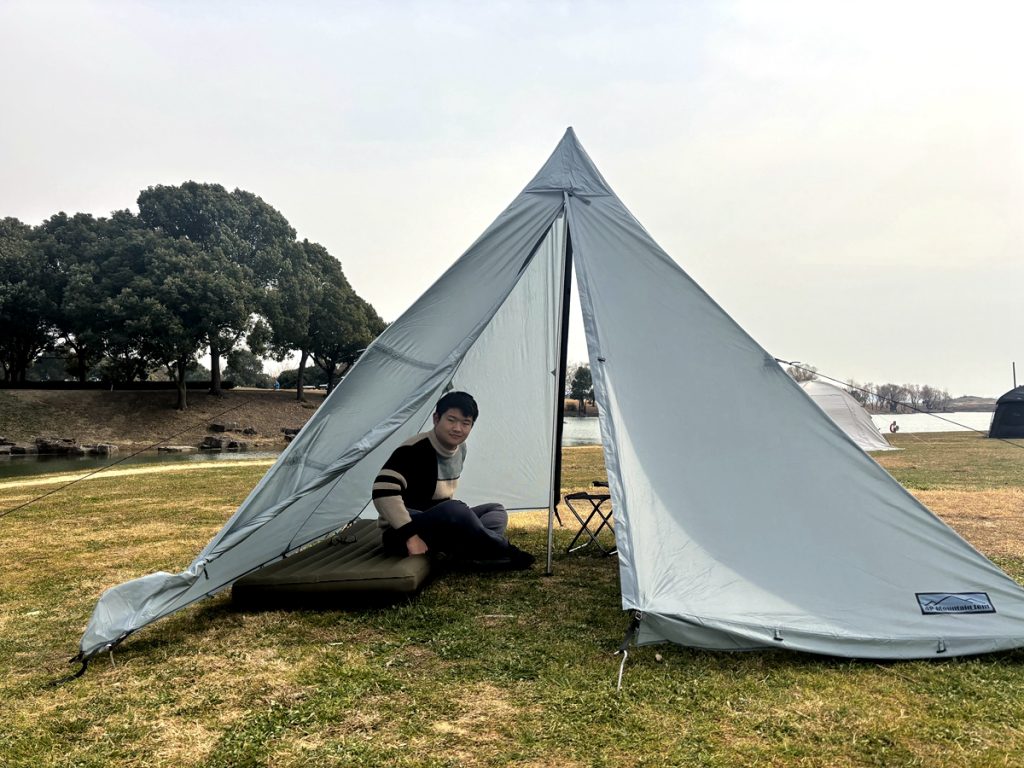
Camping teepees are a popular choice for outdoor enthusiasts due to their spacious interiors and classic design.
However, most camping teepees on the market rely on a vertical support pole in the middle, which is fixed to the tent by tension around its edges. While functional, this design presents several significant drawbacks that can impact the camping experience:
The central position, often the most practical and accessible area in a tent, is occupied by the vertical support pole. This creates an obstacle that campers must constantly navigate around, whether they are walking, communicating, or organizing their gear. The pole’s presence disrupts the natural flow of movement and makes the space feel less open and functional.

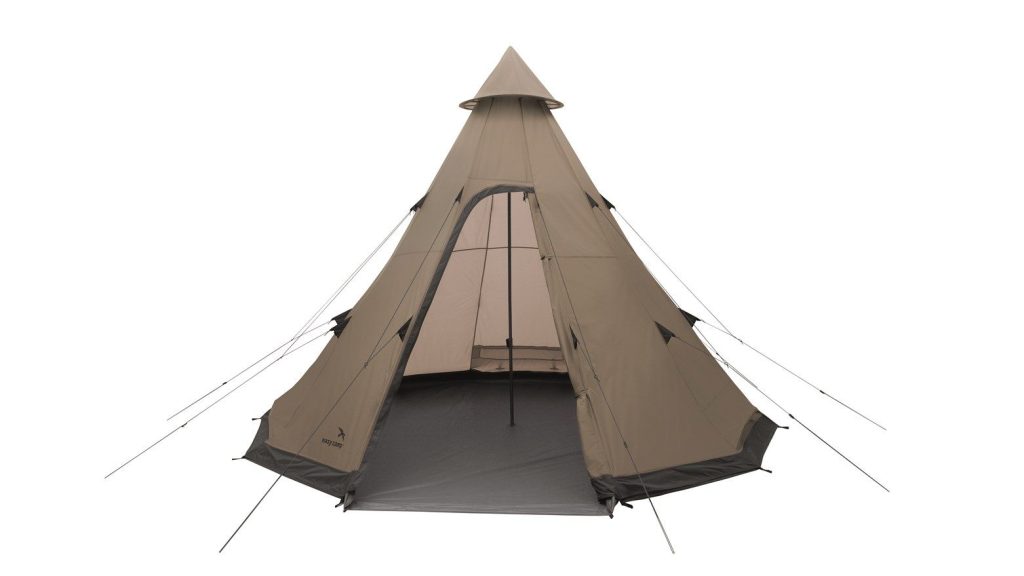
The central pole exerts significant force on the ground, making it unsuitable for placing an inner tent directly underneath. As a result, the inner tent for sleeping must be set up on one side of the pole, leaving the other side to store gear. For most backpackers, however, this allocation of space is inefficient. They typically require less room for equipment than the tent’s design allows, resulting in wasted space that could otherwise be used more effectively.

In many cases, the central pole is positioned close to the door of the inner tent. This proximity can make entering and exiting the sleeping area cumbersome, especially in low-light conditions or when carrying gear. The pole becomes a constant barrier, reducing overall convenience and ease of use.
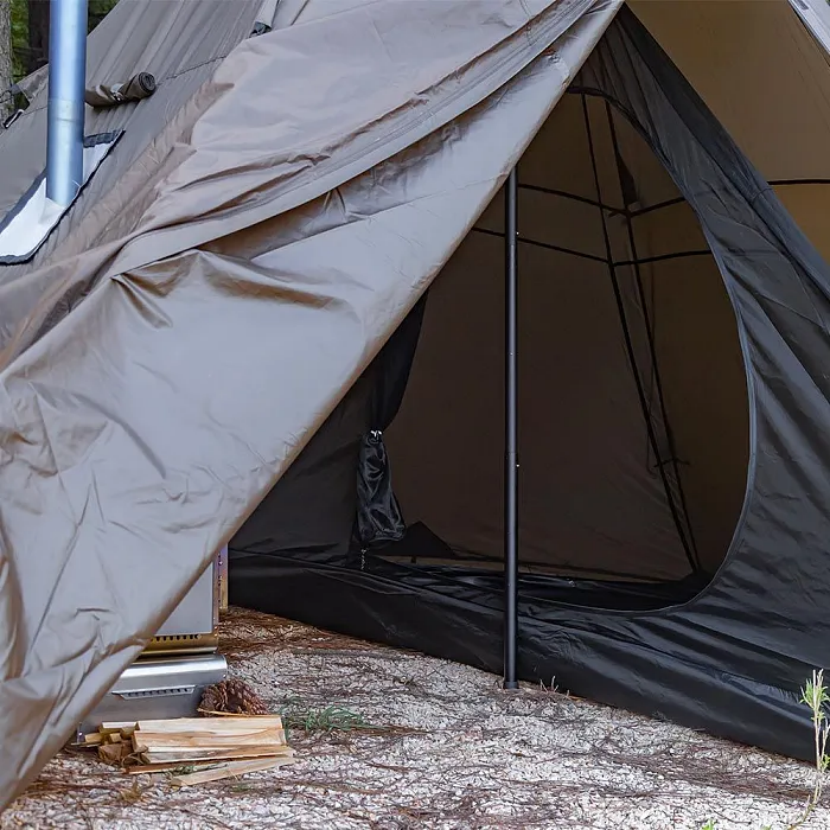
If there is a floor mat under the support pole, this area bears the greatest force. Even when the material of the floor mat is thickened, this spot remains a weak point and is often the first to wear out or break. This compromises the durability of the tent and may require frequent repairs or replacements.
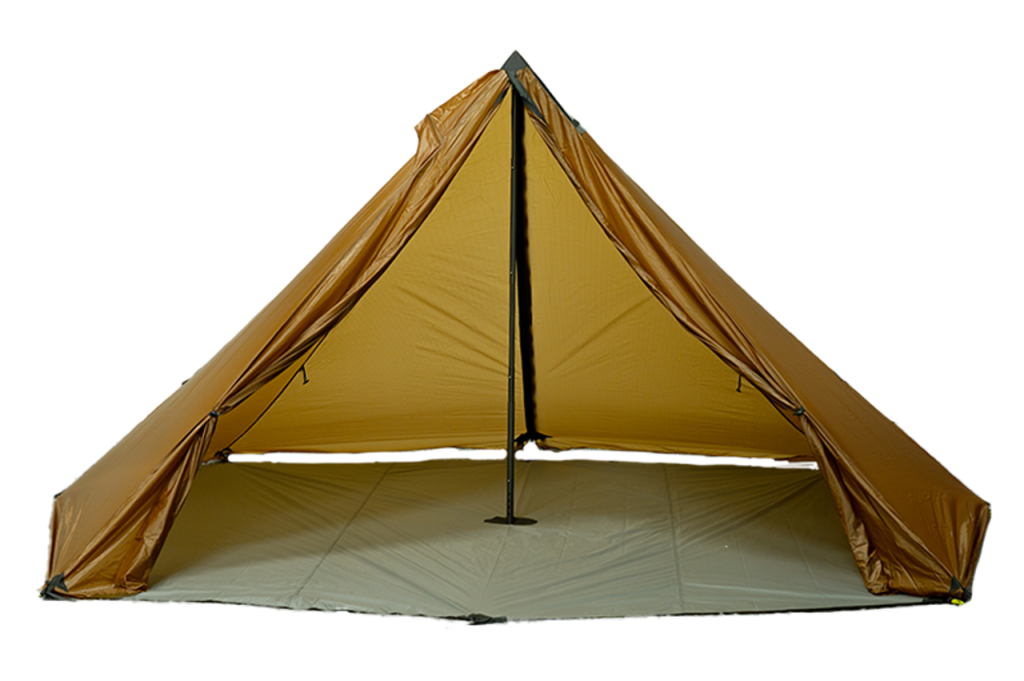
Attempted Solutions and Drawbacks
Our first idea was to remove the middle support rod and replace it with two inclined support rods, but we immediately rejected this idea. Because this design increases pole length, leading to heavier and bulkier structures.
For example, the commonly used octagonal tower tent is 1.92 meters high. With this change, two 2.5-meter poles are needed, a total of 5 meters, so the length is 2.5 times the original 1.92 meters, which will greatly increase the weight of the support poles and thus the load of the traveler.
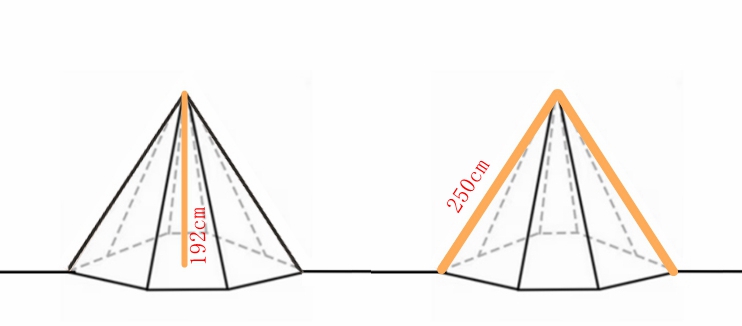
Since the two poles were too heavy, we explored using a herringbone structure to shorten their length and reduce weight.
However, calculations revealed that the poles remained heavy. While this design prevented the center space from being obstructed, it also compromised some interior space within the tent, leaving us unsatisfied with the outcome.
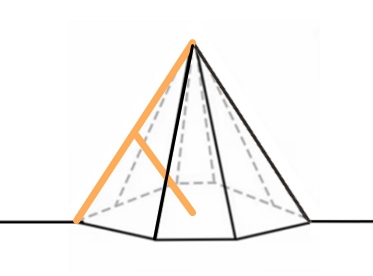
Next, we considered an “L”-shaped structure to avoid occupying internal space.
However, the support rods remained nearly twice as long and heavy as those in a traditional design. Additionally, stabilizing the intersection proved challenging.
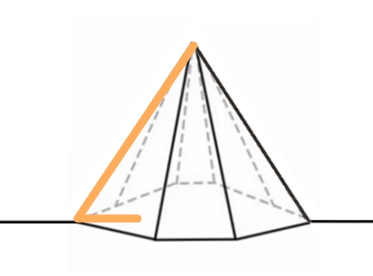
Where did the final design come from?
Our great mentor Archimedes said, give me a fulcrum, I can lift the earth.
Then can you give me a pole, so I can prop up a tent?

Yes, We can!
We moved the original middle support tent pole to the side, and used a strong pull rope to pull the top of the tent pole to a distance and fix it to the ground.
The three sides of the tent rope, the ground, and the support column formed a stable triangle.
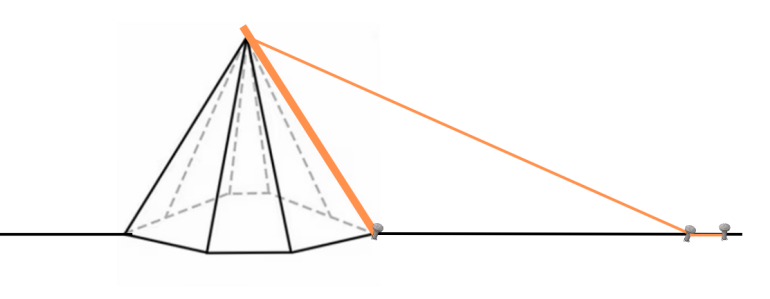
What?
How can it be fixed with a single slanted pillar?
It will definitely fall forward, backward, left, and right!
When we discussed it with others, they all thought it was impossible. Even when we asked a factory owner who had 20 years of experience in tent design, he also thought it was impossible. Half a month later, the first thing he asked us when we met was how to keep the tent standing up.
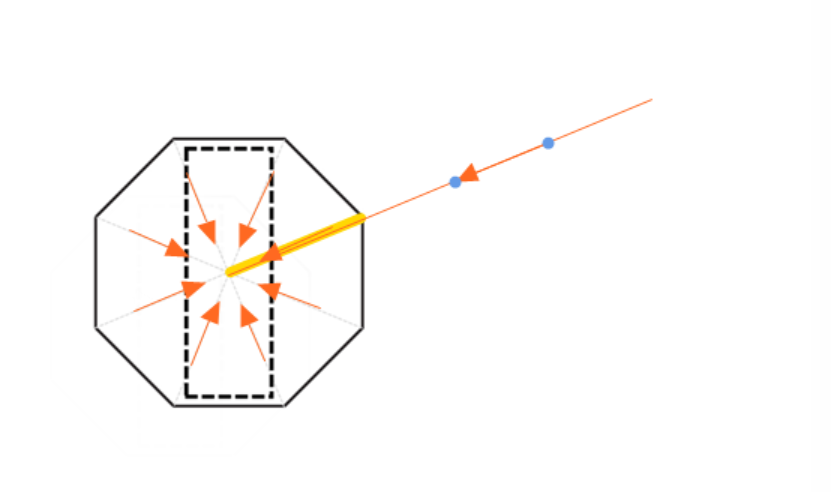
In fact, it is not only the tent guyline and the ground that exert force on the tent pole. For the top of the tent pole, every piece of teepee cloth and every seam will exert force on it.
The combination of their forces will form a confrontation and balance. In this way, the tent pole and the teepee can be kept standing.
Once an idea proves theoretically feasible, we move into production to bring it to life and validate our concepts.
The production of the new teepee has been an exciting journey, filled with stories and intricate details. While we faced some challenges along the way, every step brought its own surprises and opportunities for learning.
The final result is incredibly rewarding. Explore the highlights of our production process!
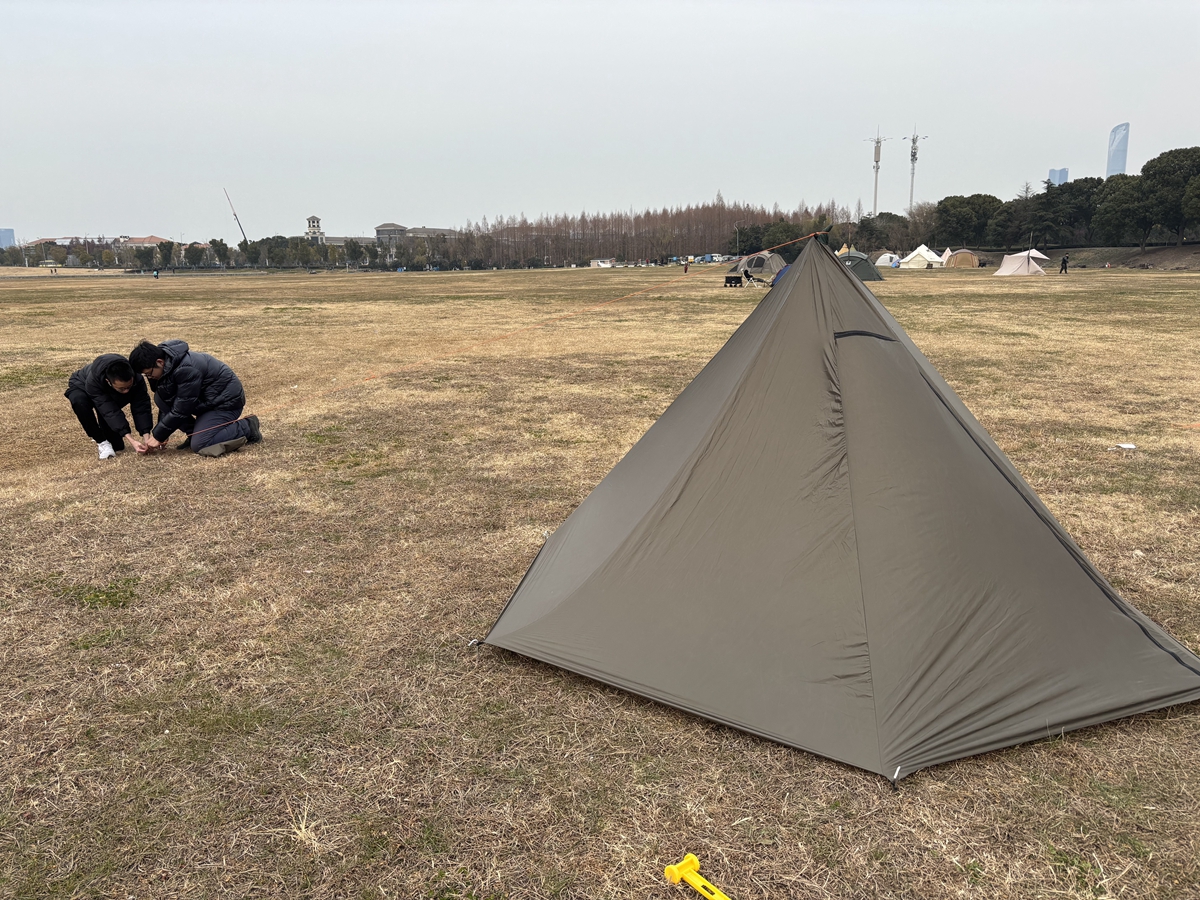
Advantages of our One-Side Pole Teepee design
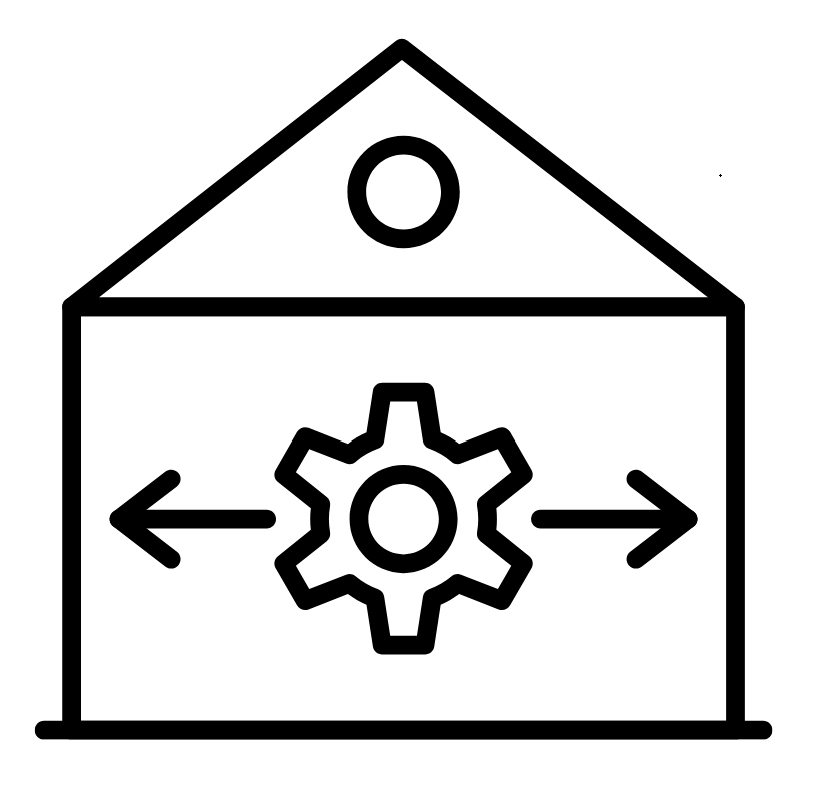
Optimized Space Utilization
Removing the central pole creates a more spacious interior. Eliminating central obstructions and improving space utilization in Teepee.
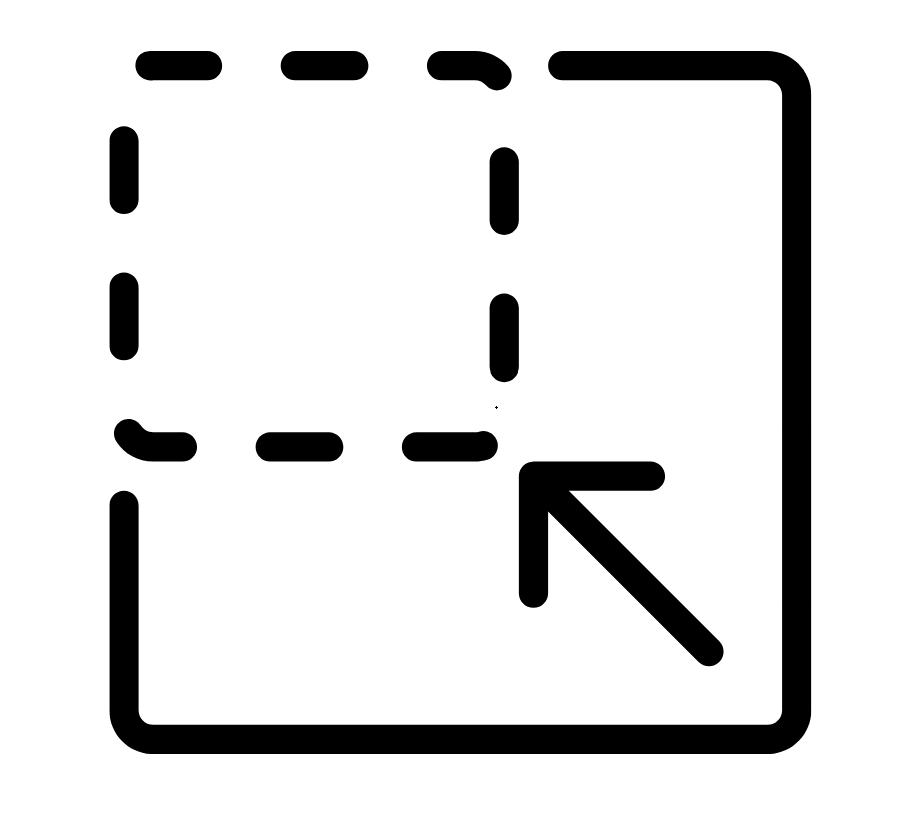
Smaller Tent Size
Without the middle pole, campers can utilize the central area. This reduces the required size of the teepee while maintaining the same inner tent dimensions, allowing for a more compact design.
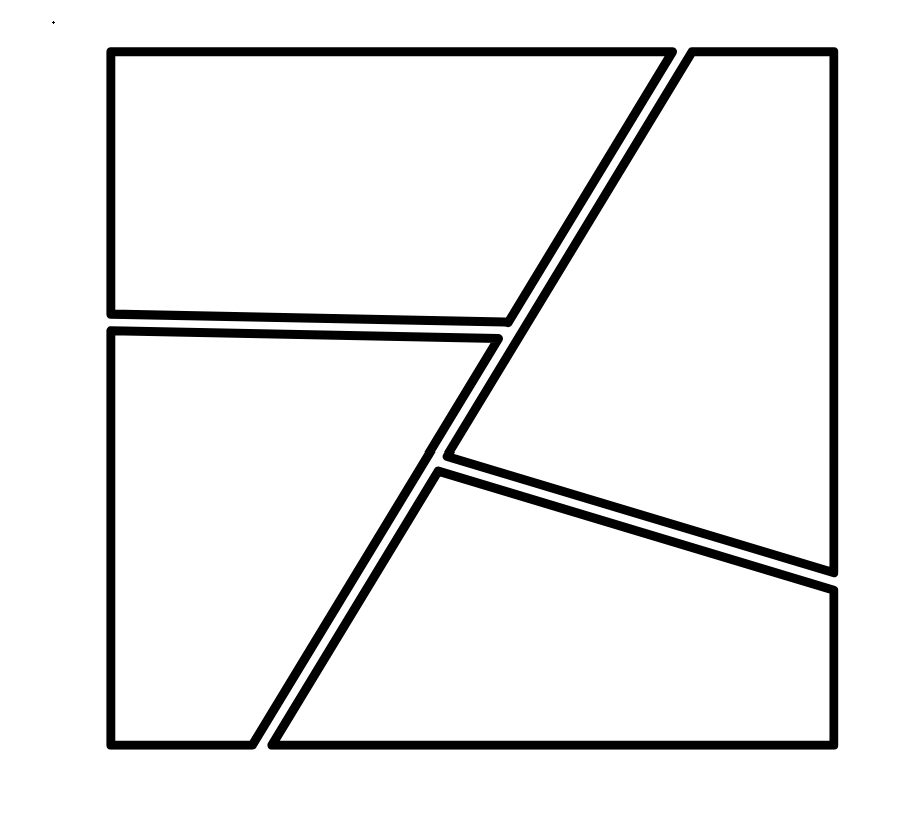
Flexible Structure
With a single side pole, there are no obstructions near the inner tent entrances, allowing campers greater flexibility in layout placement.
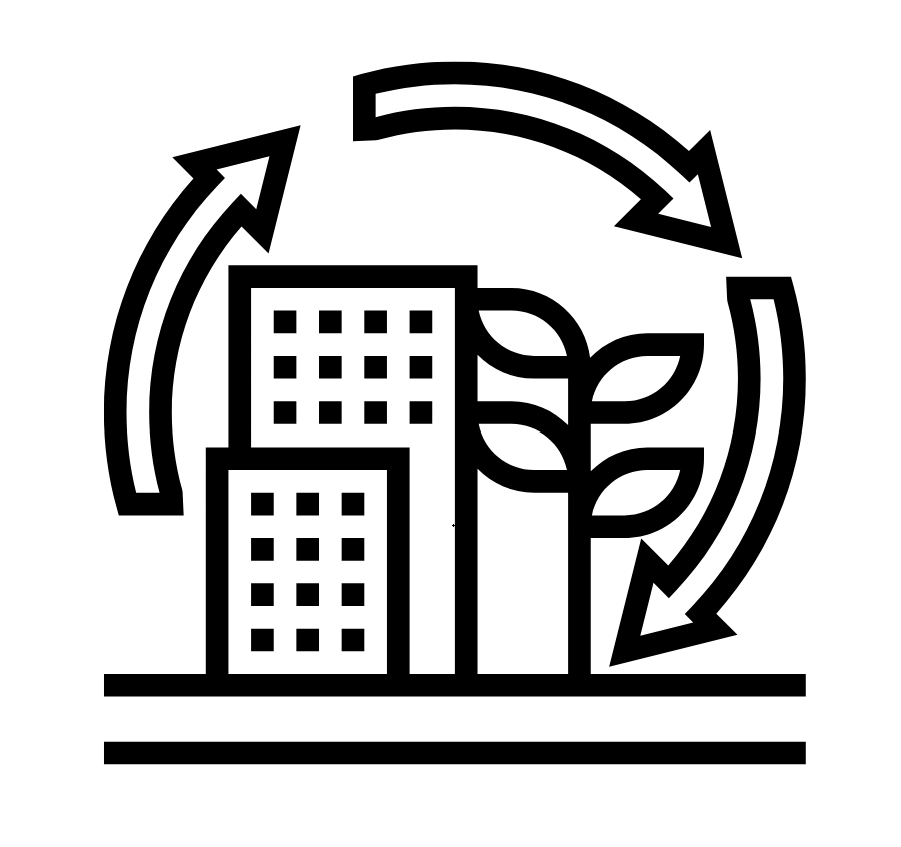
Reduced Fabric Usage and Lightweight
The smaller teepee design uses less fabric, optimizing materials, while the beveled support pole maintains similar length and weight to the original vertical design.
How does it Reduce the Fabric and Weight of the Teepee?
Traditional Teepee

Our Improved Teepee
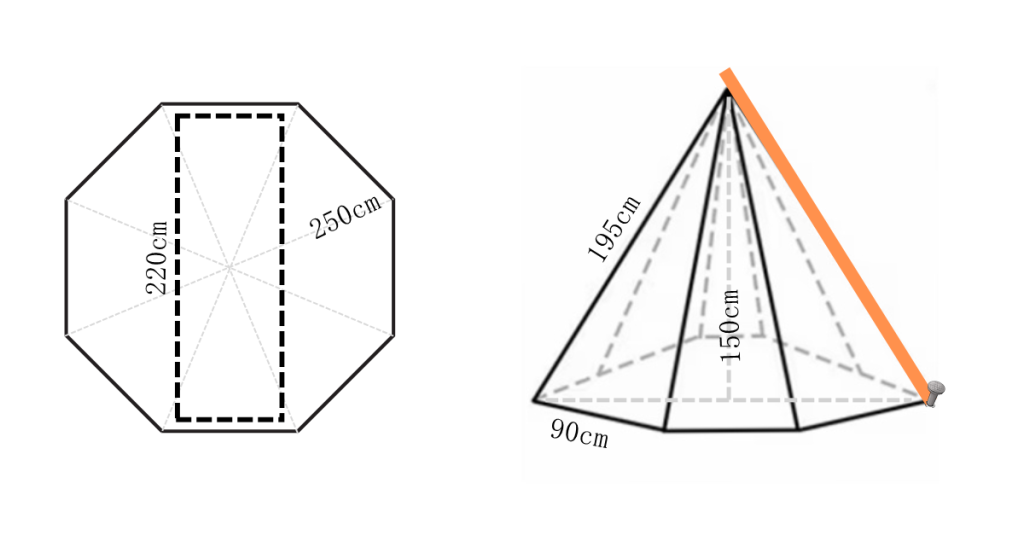
Assuming that the size of a single inner tent needs to be 2.2m*0.9m, and the height is 1.2 times the bottom radius,
Then the size of the traditional tower tent is as shown in the figure,
The bottom surface needs to be 3.2m*3.2m
The height (support rod length) is 1.92m
The fabric area needs to be 11.8 square meters
And our improved tower tent is shown in the figure
The bottom surface needs to be 2.5*2.5m
The height (support rod length) is 1.95m
The fabric area needs to be 6.8 square meters.
Reduced fabric usage by 72%
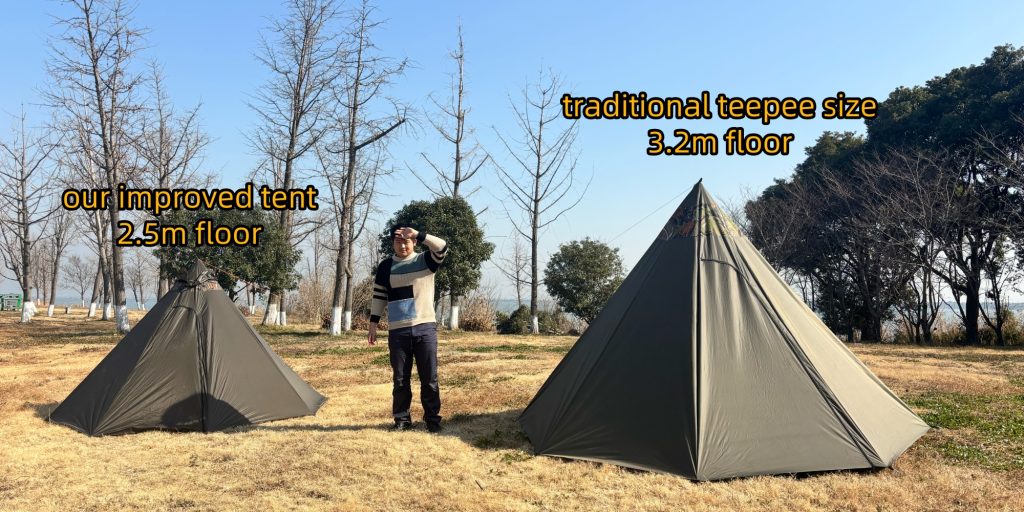
Our redesigned tents offer exceptional usability, maximizing space efficiency to lighten camper loads and enhance comfort. By using fewer materials, they also promote environmental sustainability. These innovative designs redefine the camping experience, providing smarter, more efficient, and eco-friendly solutions tailored to the needs of modern campers.